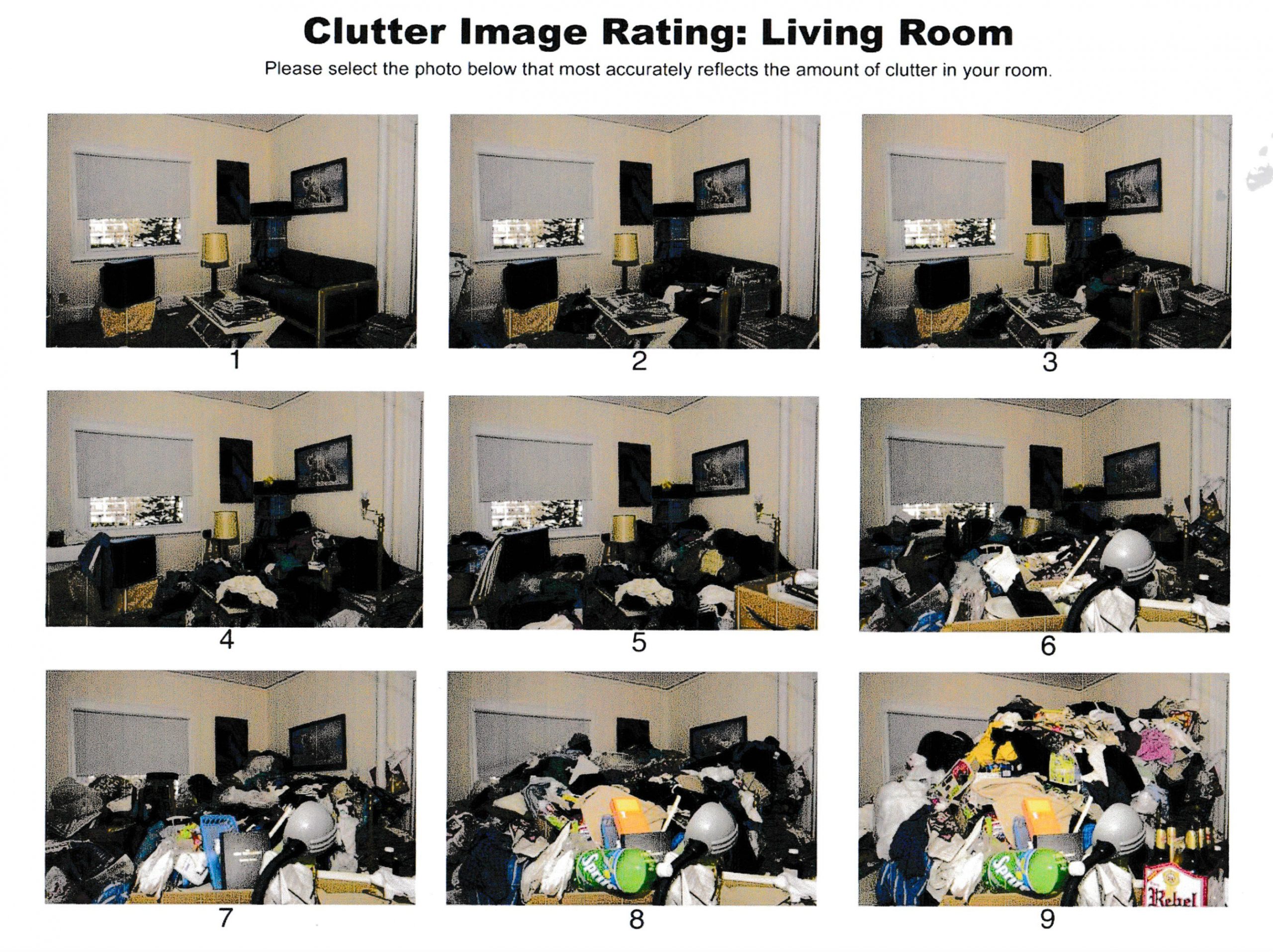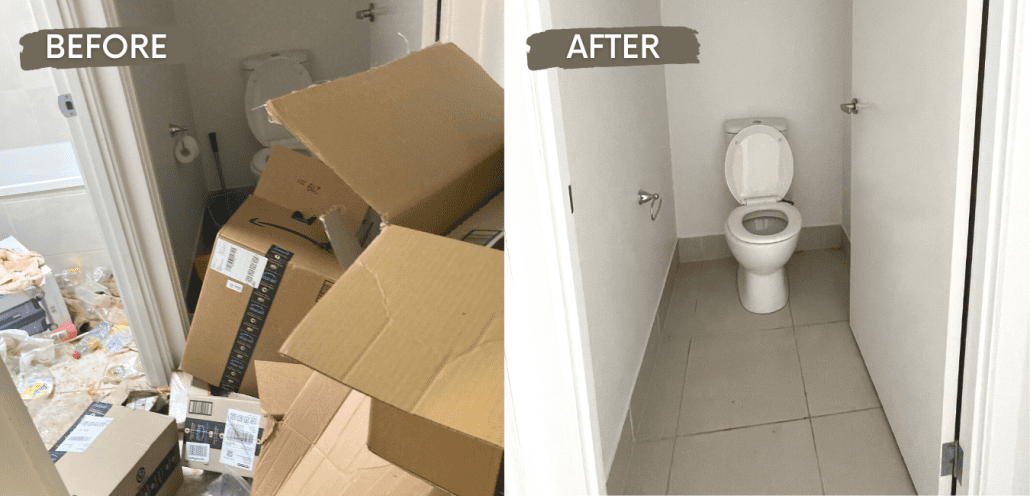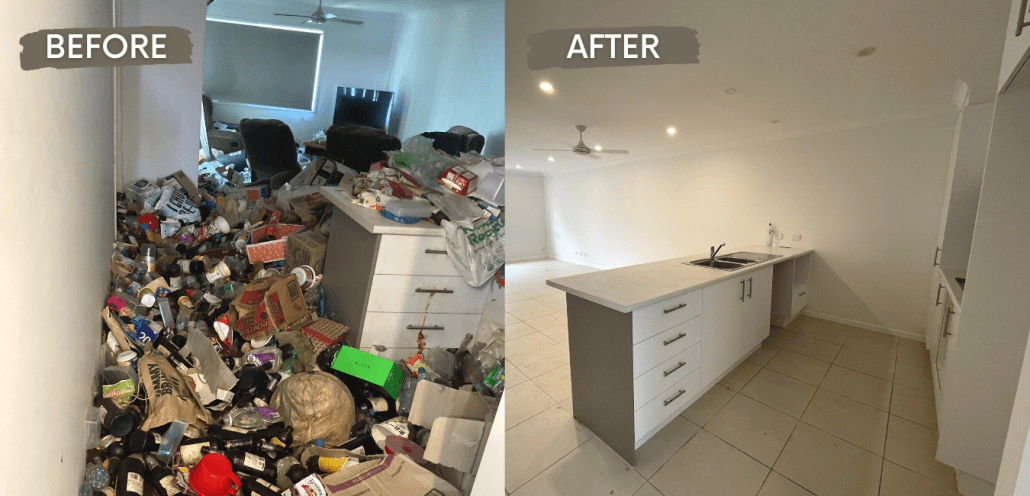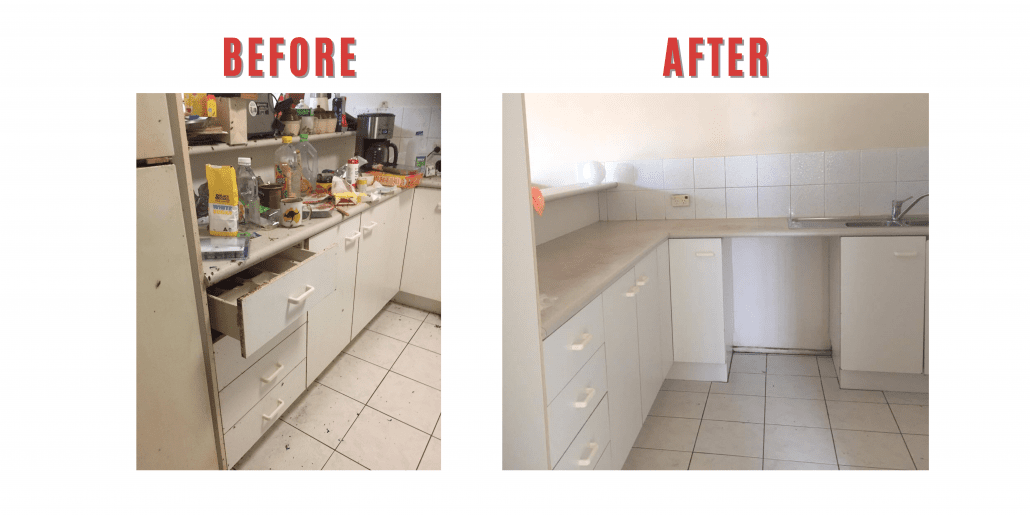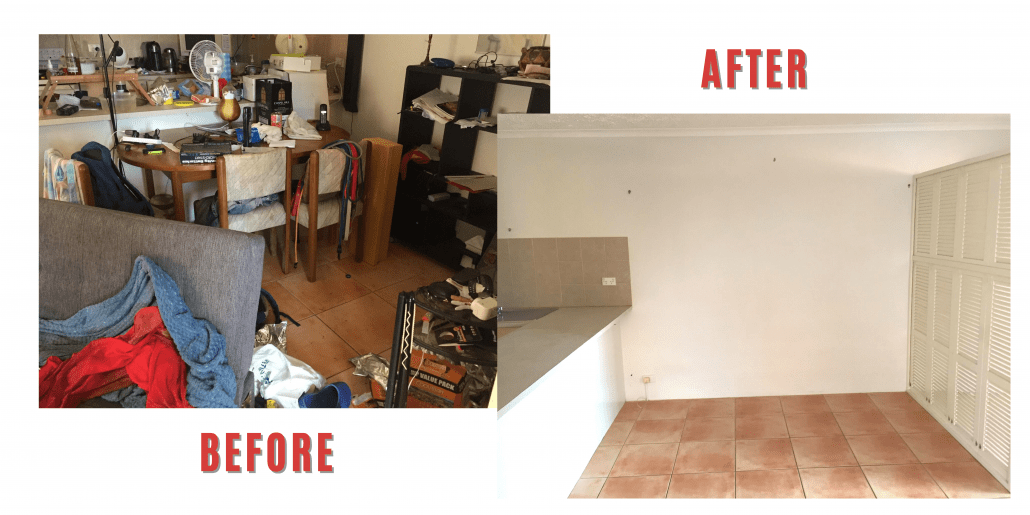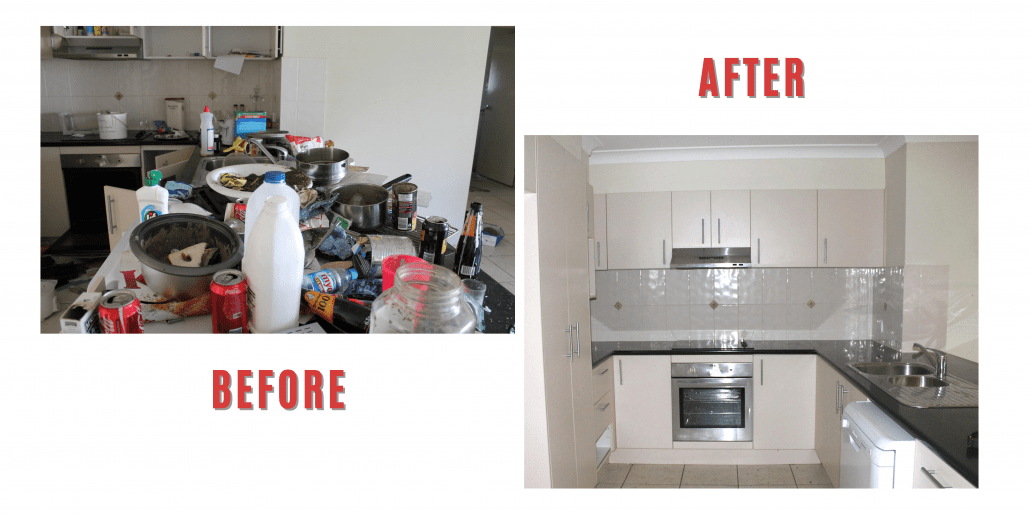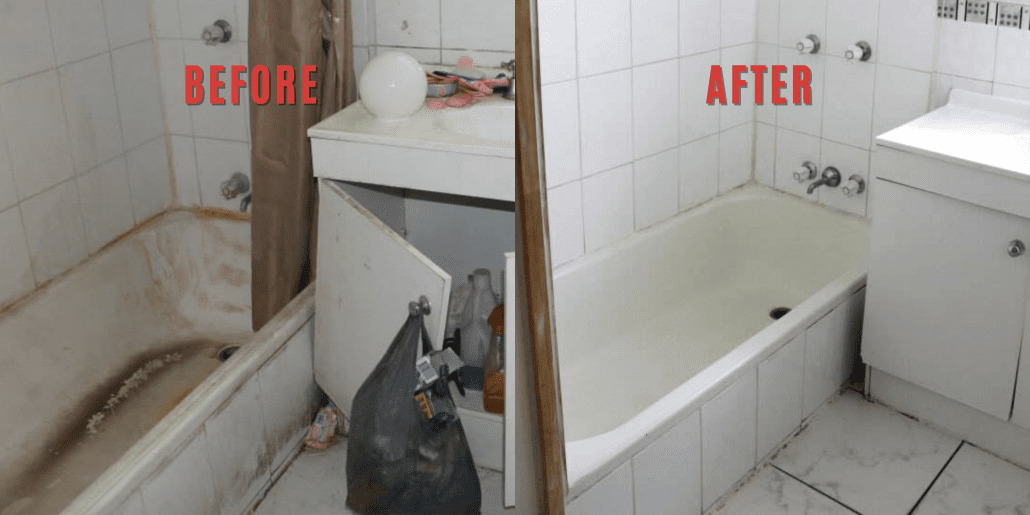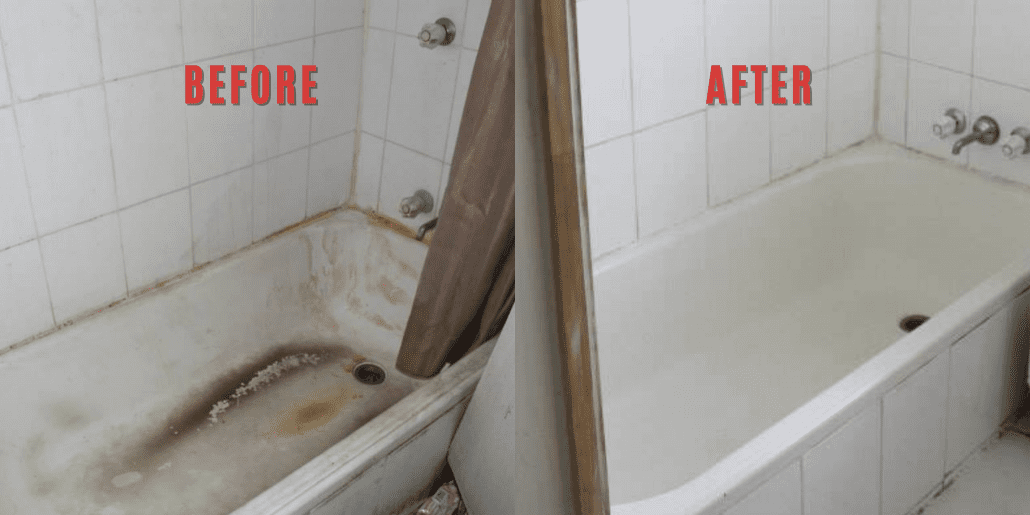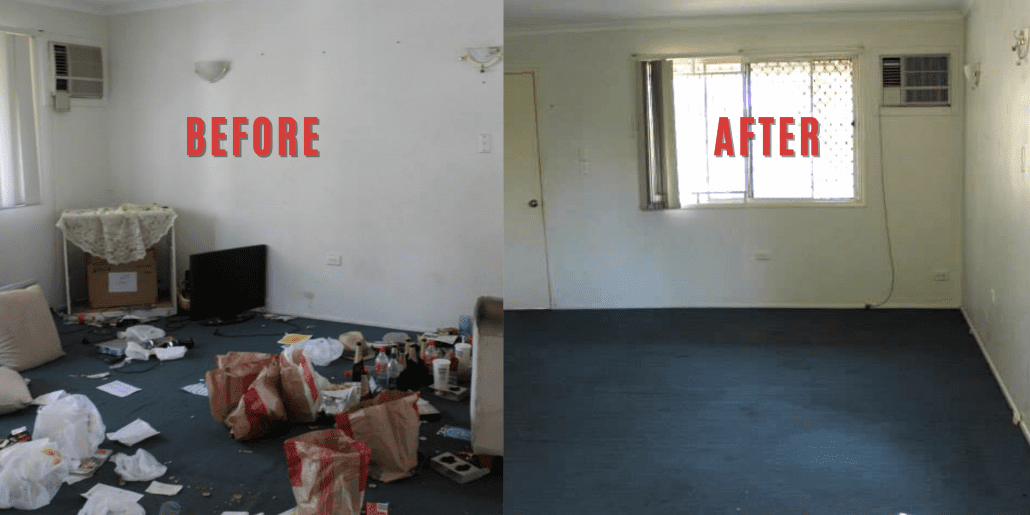5 Levels of Hoarding |
Best Hoarding Help in South East Queensland Australia
For over 15 years, we have assisted and provided hoarding help to over 5000 clients- including their loved ones (see the pictures below this article). We have always put emphasis on empathy and ethical service, and we understand that while for some people, hoarders collect junk- for the hoarders themselves, what they collect are treasured possessions. For this reason, we don’t address their possessions as “junk”, and we give them the freedom to choose what to keep and explain their situation in a manner that they would understand the risks involved if it escalates. To be honest, we can all be considered “hoarders”. You can be considered one if you have a habit of collecting things you love, like books, shoes, bags, albums, movies, etc.. The only difference is the different spectrums that we fall in. In this article, I will briefly discuss the meaning of hoarding disorder and the 5 levels of hoarding.
Hoarding Help in South East Queensland, Australia
What is Hoarding Disorder?
Hoarding disorder, or “compulsive hoarding”, isn’t just about having a messy house. It’s a serious mental health condition where someone finds it really hard to throw things away, even if they’re broken, useless, or unsafe.
If you or someone you know is struggling with hoarding, it’s essential to understand it’s not about being lazy or having bad habits. It’s actually a complex condition with a few different things going on:
- Emotional attachment: People with hoarding disorder often feel a strong emotional connection to their stuff. This can make it feel impossible to let things go, even if they know they should.
- Difficulty making decisions: Hoarding often involves having a hard time deciding what to keep and what to chuck out. This indecision leads to a build-up of clutter over time.
- Anxiety and distress: The thought of getting rid of things can cause huge amounts of anxiety and distress for someone with hoarding disorder.
What are the Signs of Hoarding Disorder?
It can be tricky to spot, as people with hoarding disorder often feel ashamed and try to hide it. But some signs you might notice are:
- Clutter that makes it hard to use rooms: A hoarder’s home might be so full of stuff that you can’t sit on the couch, use the kitchen, or even get into the bedroom.
- Acquiring lots of stuff, even if there’s no space: People with hoarding disorder often keep buying or collecting things, even if they don’t need them or have anywhere to put them.
- Difficulty letting go of things, even if they’re broken or useless: This can include old newspapers, clothes, food containers, broken appliances – pretty much anything.
- Feeling overwhelmed and embarrassed by the clutter: While they might not ask for help, people with hoarding disorder often feel stressed and ashamed of their living situation.
1st Level of Hoarding
This is considered the least alarming among all the other levels. Level 1 only has a few signs with light clutter and no biohazards involved. The pathways and spaces of the property are still accessible, and there are no noticeable odours.
2nd Level of Hoarding
The 2nd level, on the other hand, deals with minimal waste and a slight odour. Rats or cockroaches might be slightly evident and there might be animal feces lying on the floor. Surfaces may be dirty and uncleaned, and waste bins might be overflowing with junk. People suffering from this level might socialise less and want to isolate themselves due to fear of judgment by others.
3rd Level of Hoarding
Broken appliances might be visible outside of the residence. The property might also be suffering from structural damage for a single area or space. Slight biohazardous substances might also be evident during this level, and household rodents like spiders, fleas, rats, cockroaches, and the likes are common. There’s at least a single unusable area of their property, the pungent odour is noticeable, and there’s dirty cloths or things everywhere.
4th Level of Hoarding
People living in the 4th level of hoarding have severe health risks due to their living conditions. There’s visible mould and mildew on the walls, six months old of structural damage, and pathways may be blocked or narrow due to a large amount of clutter. There may also be flammable items and spoiled food lying around. It may also be hard for them to move around.
5th Level of Hoarding
The 5th level is the most extreme out of all levels. The property is basically unsafe and unlivable with severely damaged walls and structure, severe rodent infestation, expired food on surfaces and knee-deep clutter, damaged appliances, no electricity and water, and human and animal feces lying around.
Below is an example of the different levels of Hoarding:
Level 1 – images 1 & 2
Level 2 – images 3 & 4
Level 3 – image 5
Level 4 – images 6 & 7
Level 5 – images 8 & 9
These are the different levels of hoarding. If you know someone who might be suffering from this- at any level- we highly recommend that you give them the mental and emotional support that they need.
To sum it up…
All in all, the purpose of this article is to encourage people to be more empathetic and understanding of those who are going through hoarding disorder. Some may have gone through a traumatic experience or have family or work-related problems and issues, which led them to have depression or post-traumatic stress disorder, which may explain why they hoard. Hoarding is considered a diagnosed disorder in the Diagnostic & Statistical Manual of Mental Health. That is why we ought to give people- who are suffering from hoarding- patience and see things from their perspective. One way to help them is to actually be there for them throughout the process.
Help for Hoarding in South East Queensland, Australia
If you need hoarding help, Martijn van Lith offers professional, confidential, and ethical extreme cleaning services in the South East Queensland regions in Australia to help you out with hoarding.
We are equipped with licensed cleaners who have dealt with hoarding for over 15 years and we have trusted clients who have always sought our services in the past- up to the recent years- due to the trust and relationship we have built with them. Our technicians are IICRC-Certified and highly-trained for these types of situations.
You can reach out to us at inquiries@martijnvanlith.com.au or call us at 0409 987 319. We’ll be happy to serve you to the best of our abilities. Below are some examples of hoarding cleanup we did.

